Driving north on U.S. Highway 101, Lee Yamada, 83, carefully scanned the left side of the road for a turn-off marked Baker Beach Road. The road leads to a campground nestled between Baker Beach and Florence’s coastal forests.
But Yamada had no plans to camp. He knew the spot was ideal for mushrooms to grow because of its climate and habitat. Yamada is a mushroom forager, and that day, he hoped to find some edible mushrooms.
Yamada’s “mushroom-hunting car,” as he called it, bumped along the gravel as he turned onto the road. He passed a sign indicating entrance into Baker Beach Campground and a large pile of Cantharellus cibarius – more commonly known as chanterelles – obviously picked and discarded.
Yamada explained the abandoned mushrooms were likely unfit to eat due to the previous week’s heavy rain that likely caused the mushrooms to become slimy and rot.
Yamada could also easily spot the red caps of Russula emeticas growing in clusters near the entrance of a short trail to the beach. Yamada says one way to identify whether the russula mushrooms are edible is to nibble a portion of the cap with your front teeth.
He crumbled off a portion of the cap and stuck it between his front teeth, chewing daintily. A few moments later, he spit it out onto the ground.
“Peppery,” Yamada said. “My tongue is tingling. It’s not edible.”
***
With 75 years of foraging experience, Yamada can easily discern nonedible mushrooms from edible mushrooms. Mushrooms mean more to him than a weekend hobby.
“It’s a lifestyle for me,” Yamada says.
Yamada’s love for teaching others about mushrooms is even stronger than his passion for mushrooms. Yamada is a board member of Cascade Mycological Society — a nonprofit organization with a mission to study and conserve fungi and to educate the public about fungi. There, Yamada teaches everything he knows from his years of experience to people in Eugene who are interested in mushrooms and mushroom foraging.
Yamada was first introduced to mushroom foraging by his parents, who were also taught by each of their parents. While Yamada’s father primarily fished and clammed, Yamada’s mother would forage for edible plants and mushrooms. Sometimes they would forage as a family. Growing up in the Santa Clara Valley, Yamada’s family frequently hunted for mushrooms in dense orchards and grassy fields near their home.
Yamada recalls mushroom hunting as a 7-year-old boy in a dying prune orchard with his parents one afternoon. Yamada spied a cluster of oyster mushrooms growing high in one of the orchard’s dying prune trees. He scaled the withering limbs of the tree to harvest the mushrooms. Nearly 10 feet above the ground, he used a knife to cut the mushrooms near their bases, preserving them as much as possible. Yamada placed the mushrooms into the safety of his pocket before climbing down the tree and rejoining his parents on the ground to continue their walk.
By the end of their excursion, Yamada and his parents had foraged enough mushrooms for a meal. Once high in a tree, moving from pocket to pan to plate, the prized mushrooms were sautéed in a buttery sauce for the family to enjoy together.
The earliest Yamada can remember mushroom hunting alone was when he was around 6 or 7 years old. Yamada would jump off the bus after school and search for the mushrooms he was sure were edible — wild mushrooms like Agaricus bisporus and Pleurotus ostreatus, which are more commonly known as button and oyster mushrooms.
“I loved mushroom hunting because, to me, it felt like an Easter egg hunt,” Yamada says. “It made me feel like I was good at finding something.”
Yamada’s fascination with fungus continued into adulthood. He joined two local mycological organizations, San Francisco Mycological Society and Santa Cruz Fungus Federation, where he could meet like-minded mushroom fans and master mycologists.
Of the mushroom organizations Yamada joined, he spent the most time with Santa Cruz Fungus Federation and was elected to the Fungus Fair Coordinator position by other members of the federation. Yamada was responsible for organizing the federation’s Fungus Fair, Santa Cruz Fungus Federation’s annual fundraiser and membership drive. He held the position for nine years, from 1993 to 2003.
“Part of my drive is to educate people about that, but it’s fun,” Yamada says. “One of the slogans from my previous club, the Fungus Federation, was ‘Keep the ‘fun’ in ‘fungus.’’”
The size and popularity of Santa Cruz Fungus Federation’s Fungus Fair drew attention from the North American Mycological Association, which is “a nonprofit organization of professional and amateur mycologists with over 90 affiliated mycological societies in the United States, Canada and Mexico,” according to the association’s website. Among a few other fungus fair organizers around North America, Yamada was added to a call list of people to contact for information and advice on organizing mushroom festivals.
Yamada stayed a member of the Santa Cruz Fungus Federation until 2012 when he moved to Eugene. Shortly after moving to Oregon, Yamada joined Cascade Mycological Society, where he shared his mushroom foraging experience and met new friends.
Joe Spivack, a fellow “mushroomer” and member of Cascade Mycological Society, became close friends with Yamada when the two bonded over a mutual passion for mushrooms. Both Spivack and Yamada are also interested in other forms of wild foraging, such as fishing, crabbing and clamming. Spivack says he loves spending time with Yamada and appreciates being able to learn from his experience.
“I’m his best buddy in a lot of ways,” Spivack says. “Rarely does a week go by when I don’t call him.”
***
Wandering into a coastal forest near Baker Beach Campground, Yamada identified each of the mushrooms he passed along the trail and explained how he could recognize them.
He identified some agaricales, more commonly known as gilled mushrooms because of the distinctive gills visible underneath the cap. Small salamanders lounge by the mushrooms, unbothered by Yamada’s presence.
The quiet of the forest broke when Yamada’s cell phone rang.
“Hello?” Yamada said, answering the call.
On the other end of the line was Yamada’s friend Spivack, who was calling to schedule a time to go spot hunting with Yamada. In a week, Yamada and Spivack would lead a Cascade Mycological Society members-only foray in the Oregon Cascades, where they would teach individuals how to find edible mushrooms.
After agreeing to meet up in three days to prepare for the foray, Yamada briefly told Spivack about his day and how he was doing before saying goodbye. Yamada resumed identifying as many mushrooms as he could as dark clouds threatened rain.
***
As a board member of Cascade Mycological Society, Yamada helps to organize monthly meetings and local forays to educate people in Eugene on all things mushroom. At these events, attendees have opportunities to speak to and learn from expert mycologists and guest speakers on various fungi-related topics.
After COVID-19 restrictions forced Cascade Mycological Society to cancel in 2020, 2021 saw the return of Cascade Mycological Society’s biggest educational event: the Mount Pisgah Arboretum Mushroom Festival.
On the morning of this year’s festival, the air was crisp at Mount Pisgah Arboretum. Dozens of people wearing bags and buttons with mushroom art, mushroom cap hats and fungus-patterned shirts wandered under the arboretum’s oak trees. Live performers filled the air with music as festival-goers explored canvas tents with activities and shops that all shared a common theme: mushrooms.
At the Mount Pisgah Arboretum Mushroom Festival, visitors can view diverse mushroom displays with anywhere from 450 to 525 identified species, compare edible and non-edible mushrooms, attend culinary demonstrations and go on mushroom hunting nature walks with experienced “mushroomers.” The festival is the largest mushroom festival on the West Coast.
“There’s nowhere else in our area where you can go see several hundred species and with correct names on them from an expert,” Chris Melotti, president of Cascade Mycological Society, says. “There’s just no other place around that has those available to the general public.”
At this year’s mushroom festival, Melotti volunteered at the Edible and Poisonous Mushroom tent with Yamada. Wearing homemade trousers with a mushroom pattern, Yamada was easy to spot. He stood in the center of the Edible and Poisonous Mushroom tent, surrounded by fold-up tables covered in soil and different varieties of local edible and nonedible mushrooms. As mushroom-garbed show-goers viewed the fungi, Yamada offered tidbits of information on how to safely identify them in the wild.
Melotti says Yamada’s depth of knowledge has made him an invaluable curator of the mushroom festival and member of the organization.
“Some of the traits that make Lee a good ‘mushroomer’ are that he’s always willing to learn and willing to share from his experience,” Melotti says. “Lee Yamada is unique in Cascade Mycological Society and in life in that he is always helpful and giving in anything he’s involved in.”
***
After nearly an hour of exploring the coastal forest near Baker Beach, rolling thunder announced the rain had finally arrived. It started slow. At first, trees protected Yamada from the wet, but the rain began to pierce the canopy steadily.
As the rain grew stronger, Yamada decided it was time to head back to the car, but there was one last mushroom he wanted to find before leaving. Retracing his steps toward the car, Yamada searched along the sides of the trail, finally stopping at a seemingly mushroomless spot.
Leaning over, Yamada pawed through wet forest debris, revealing a bulbous, white mushroom as big as his fist.
“This is Boletus edulis,” Yamada says. “The Italians call it porcini. It’s a delicious mushroom.”
Carefully plucked from the debris, this mushroom was exactly the Easter egg Yamada hoped to find.
Yamada crumbles off a chunk of a Suillus or Slippery Jack mushroom. These mushrooms are named “slippery” due to their slimy texture. They grow under pine and spruce trees, and they are edible when cooked, though they can cause stomach issues if the slimy skin is not removed.


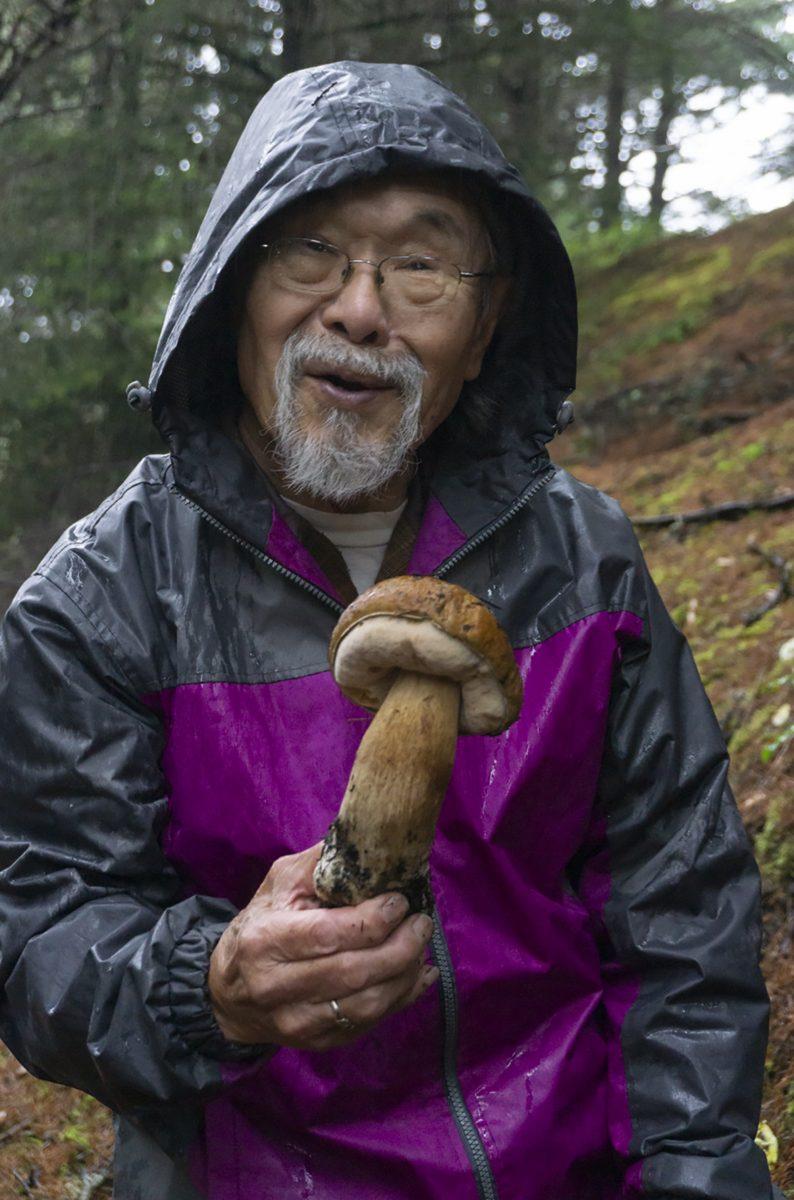
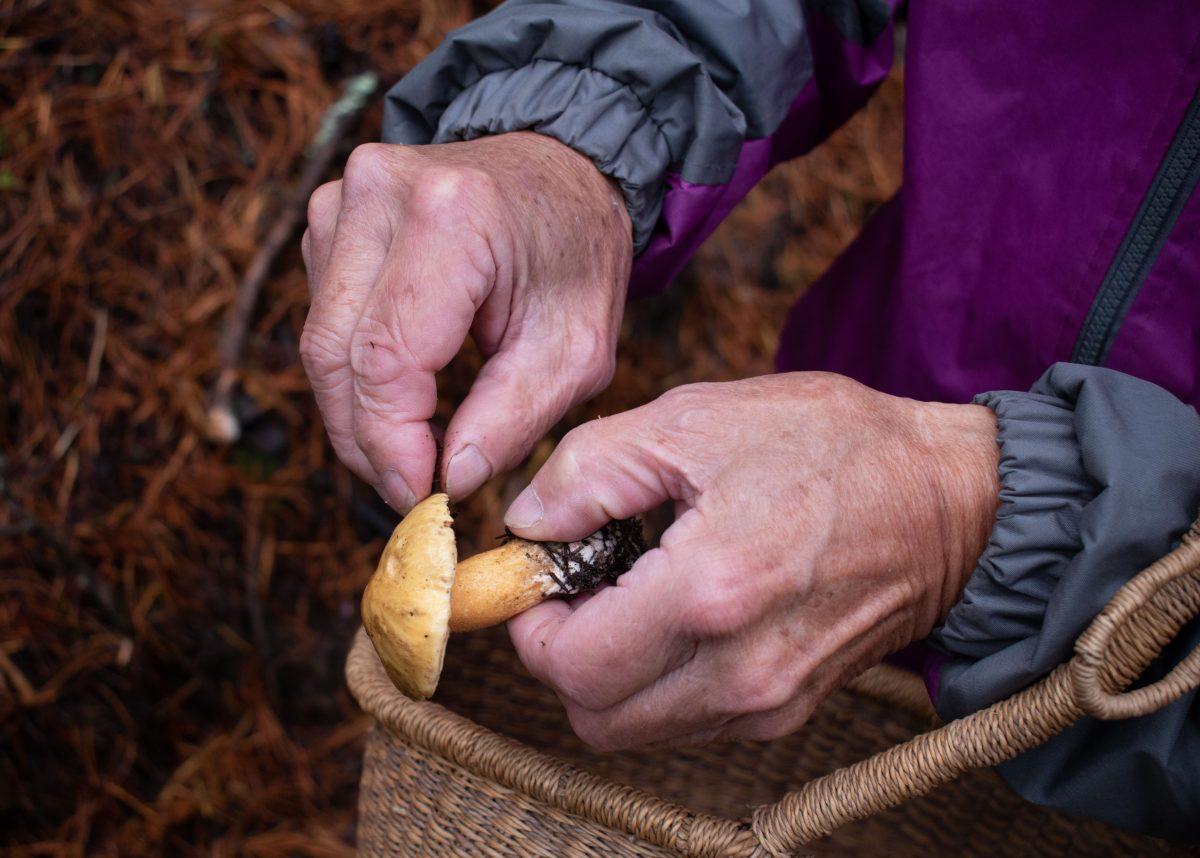
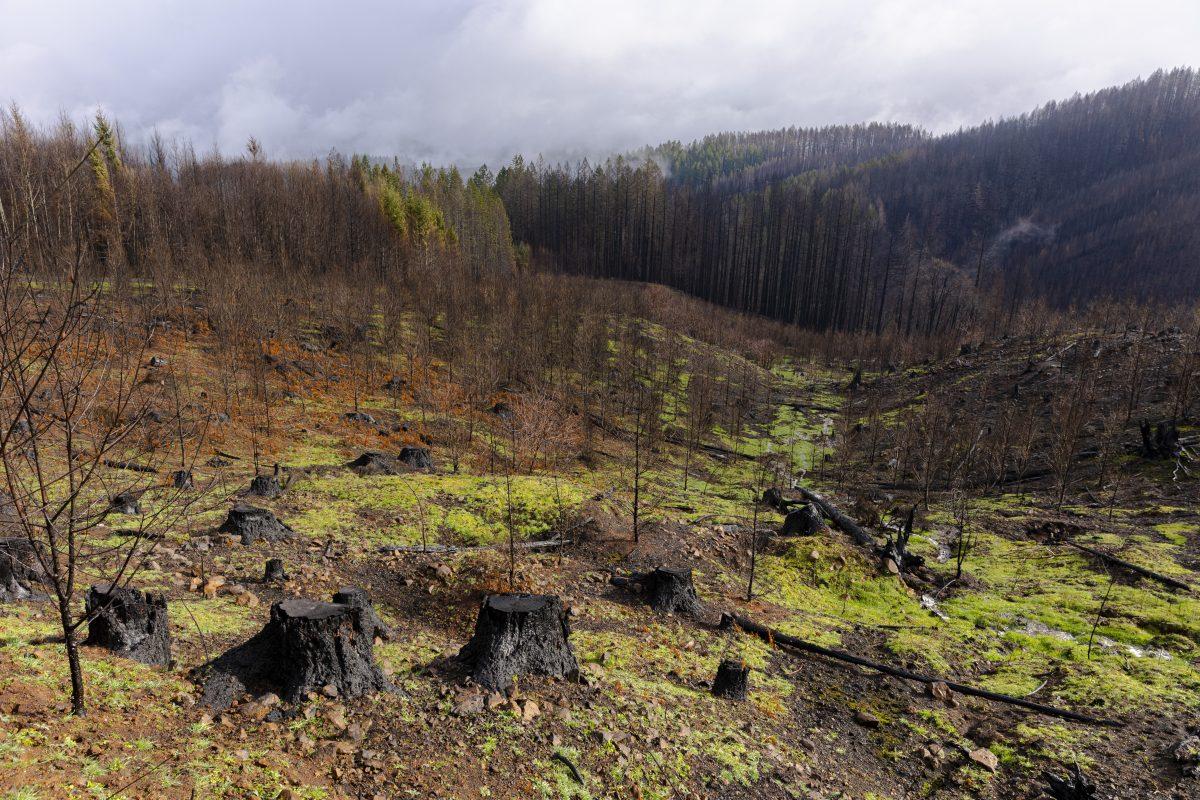
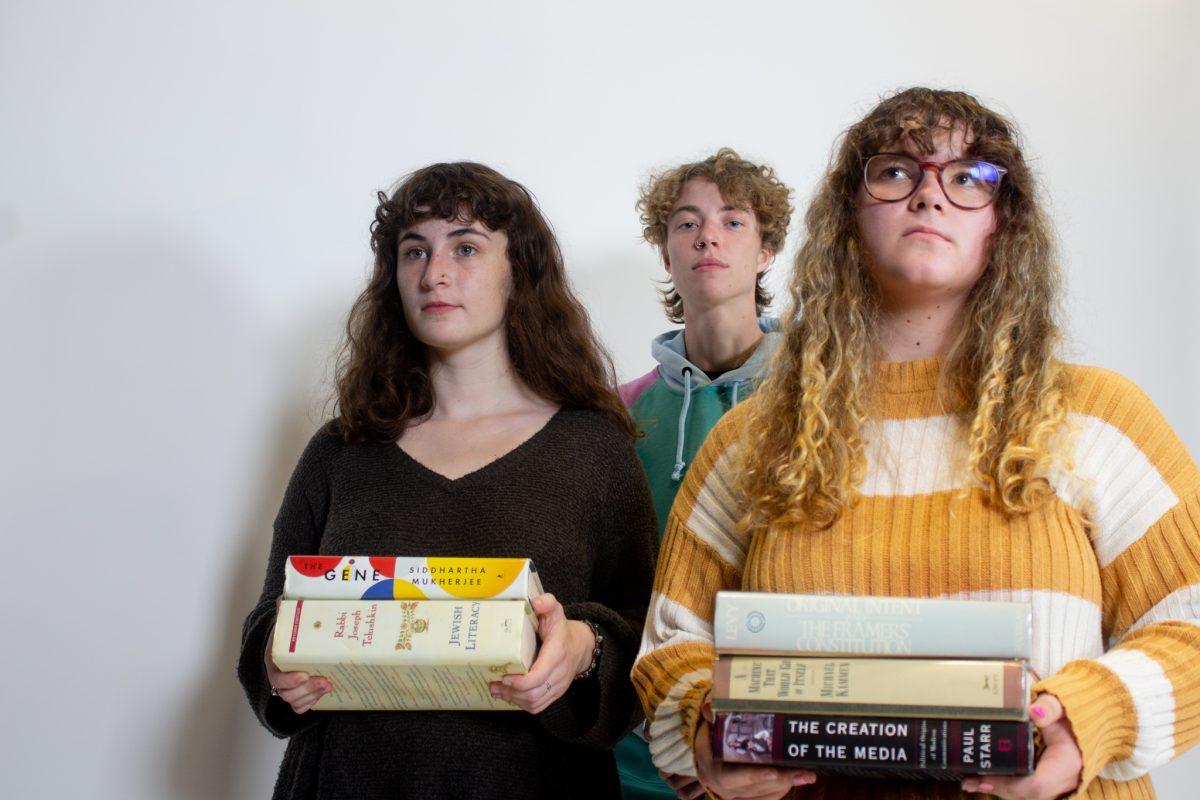
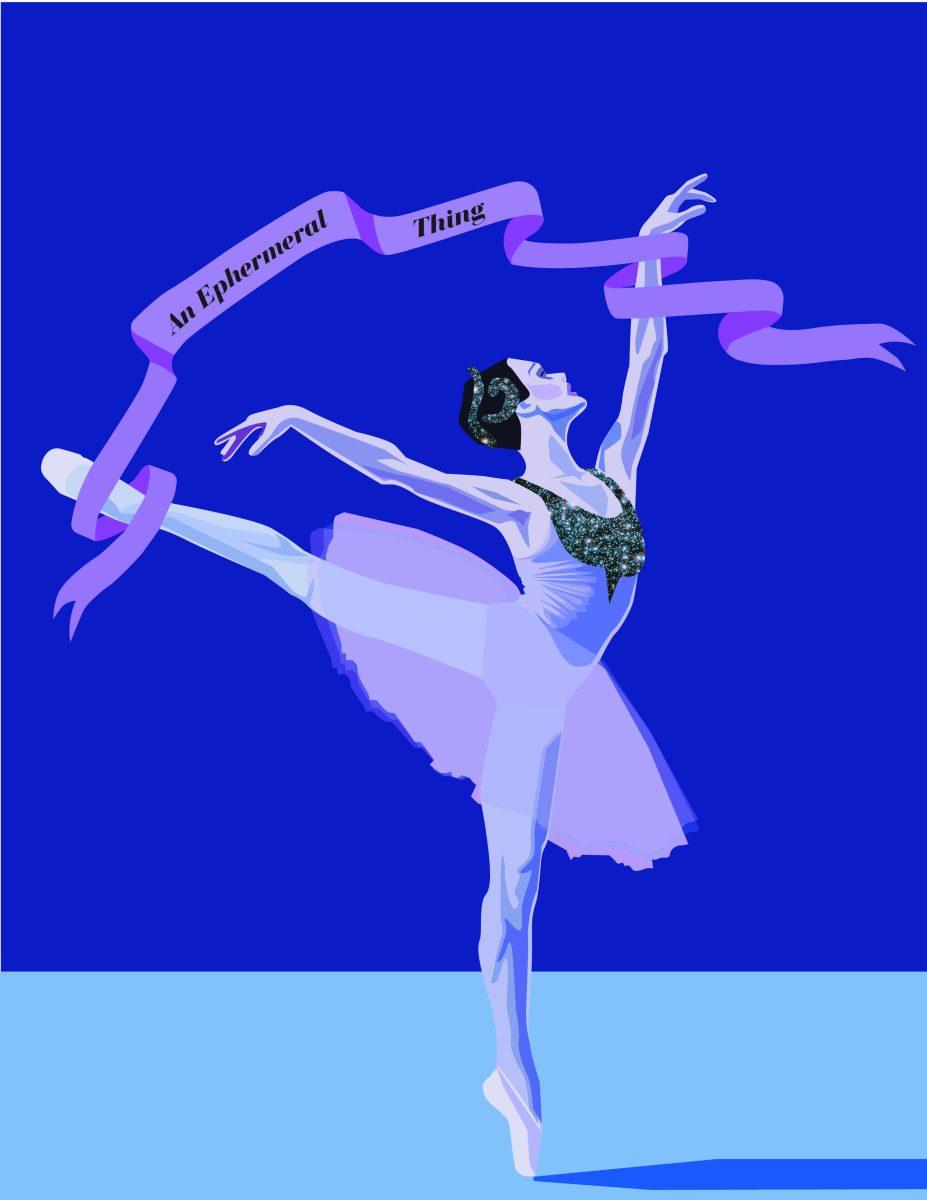
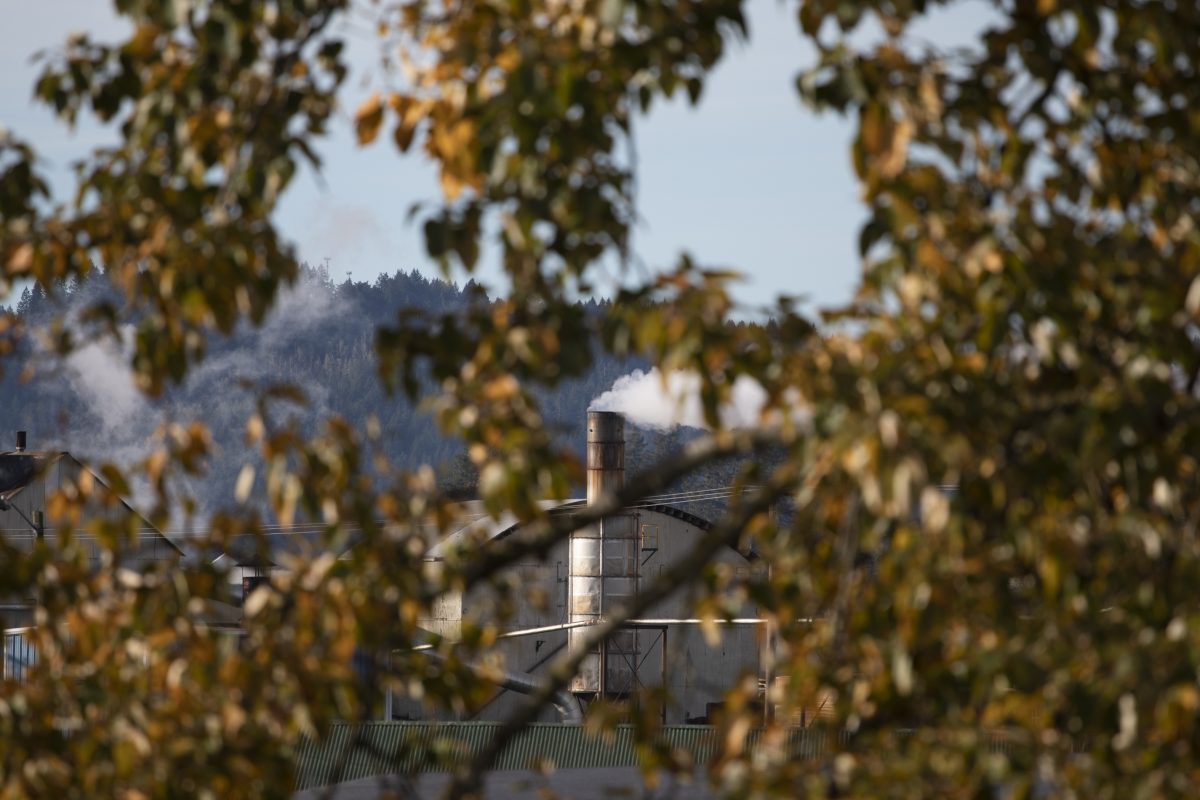

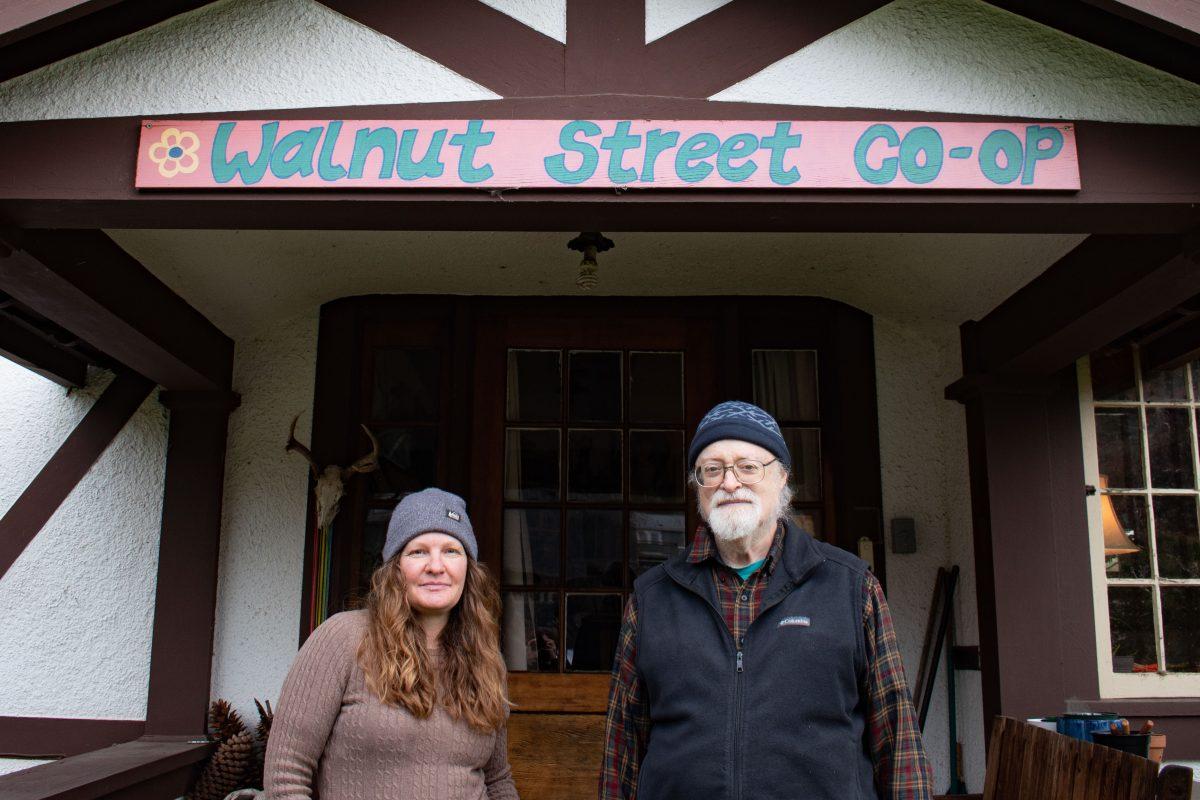


![[Photo Courtesy of the Lara Family]
Ruben embraces his beloved childhood goat, Katrina.](https://ethos.dailyemerald.com/wp-content/uploads/2025/05/katrina-1-1060x1200.jpg)


